For every PostScript printer, one part of its driver is an ASCII file called PostScript Printer Description (PPD). PPDs are used in the CUPS printing system on Linux and Mac OS X as well even for non-PostScript printers.
Every PPD MUST, according to the PPD specification written by Adobe, contain definitions of a *ImageableArea (that's a PPD keyword) for each and every media sizes it can handle. That value is given for example as *ImageableArea Folio/8,25x13: "12 12 583 923" for one printer in this office here, and *ImageableArea Folio/8,25x13: "0 0 595 935" for the one sitting in the next room.
These figures mean "Lower left corner is at (12|12), upper right corner is at (583|923)" (where these figures are measured in points; 72pt == 1inch). Can you see that the first printer does print with a margin of 1/6 inch? -- Can you also see that the next one can even print borderless?
What you need to know is this: Even if the printer can do very small margins physically, if the PPD *ImageableArea is set to a wider margin, the print data generated by the driver and sent to the printer will be clipped according to the PPD setting -- not by the printer itself.
These days more and more models appear on the market which can indeed print edge-to-edge. This is especially true for office laser printers. (Don't know about devices for the home use market.) Sometimes you have to enable that borderless mode with a separate switch in the driver settings, sometimes also on the device itself (front panel, or web interface).
Older models, for example HP's, define in their PPDs their margines quite generously, just to be on the supposedly "safe side". Very often HP used 1/3, 1/2 inch or more (like "24 24 588 768" for Letter format). I remember having hacked HP PPDs and tuned them down to "6 6 606 786" (1/12 inch) before the physical boundaries of the device kicked in and enforced a real clipping of the page image.
Now, PCL and other language printers are not that much different in their margin capabilities from PostScript models.
But of course, when it comes to printing of PDF docs, here you can nearly always choose "print to fit" or similarly named options. Even for a file that itself does not use any margins. That "fit" is what the PDF viewer reads from the driver, and the viewer then scales down the page to the *ImageableArea.

